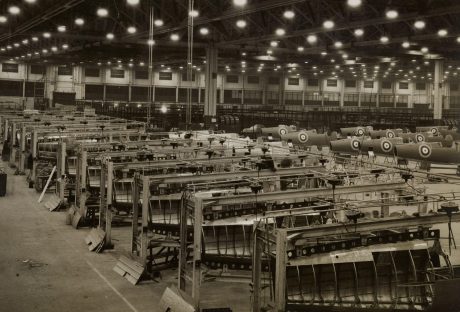The small businesses that thrive are the ones that can meet their customers’ needs while keeping their prices affordable. Due to the great advancements in technology, distributors can configure their products to the specific needs of their customers.
Delivering customizable products is a great way to grow your business and your customer base, but you have to have the right tools to get the best out of your team and your products.
Manufacturers and other distributors that develop complex products utilize CPQ software to configure their products to their customers’ specifications. With the right CPQ tool, you can enhance your deliverables and offer fully customized products, but not all CPQ platforms are the same. Continue reading to learn how to find the right CPQ software for your company.
Outsource your procurement needs to a specialist:

Running a company doesn’t afford business owners much time to gain in-depth knowledge about different products and services they need for their company. They may know that they need a particular service or product like CPQ software, but they have too many other things going on to learn about CPQ tools, which ones are for their industry, and which of those are the best.
By outsourcing your procurement needs to a specialist, you get the benefit of having people who excel at finding the best products and services for your budget and needs. Your procurement specialist likely won’t be an expert in CPQ solutions, but the important thing is they know how to find the best tools on the market and negotiate to get the best optimal price for their clients.
A procurement specialist can do much more for you than find the right product configurator for your business, they can help you find all the products and services necessary for your brand to grow and flourish. You simply have to be willing to make the investment.
Do some online research of your own:

Even though you may not have time to dedicate to learning in-depth about CPQ solutions and can allow a procurement specialist to help coordinate your efforts, you should do some research of your own. You should want to know as much about any product as possible, and the internet is the quickest way to gain a layman’s understanding of anything.
Configure One CPQ is a product configurator that has a prominent online presence mainly because customers love it and can’t stop talking about it. Furthermore, Configure One creates a lot of informational content that will help you learn about CPQ integration and other basic CPQ processes.
Configurable products are the wave of the now and the future because once consumers get a taste of a great thing, they only want more.
So that means finding the right CPQ solutions is essential to growing your brand.
Do some opposition research:

Sometimes the best way to learn more about your industry is to learn from your competitors. Doing opposition research allows you to learn what systems and tools your rivals use to deliver configurable products to their customers and see what consumers like.
Believe it or not, your competitors might be more willing to divulge information to you than you’d expect. That doesn’t mean they’re going to hand over their proprietary secrets, but most entrepreneurs are down for a mutual exchange of information and ideas. As long as you’re willing to share some trade intel as well, your relationship with your competitor could turn into a friendly rivalry.
Finding the right CPQ solutions for your brand greatly increases your chances of growing your market share and profits.
By hiring a procurement specialist, doing a little online research, and tapping your competitors for intel, you can attain the tools you need to grow your company.






















